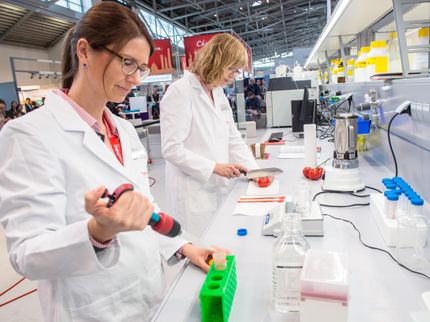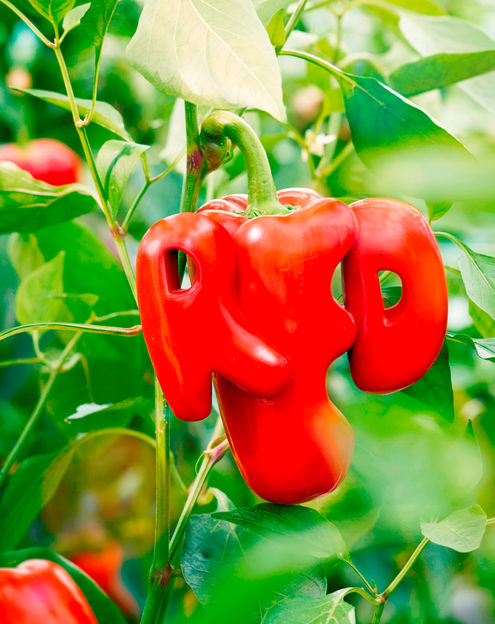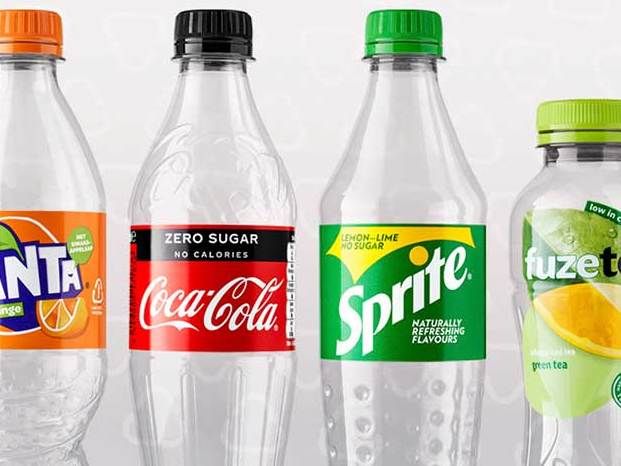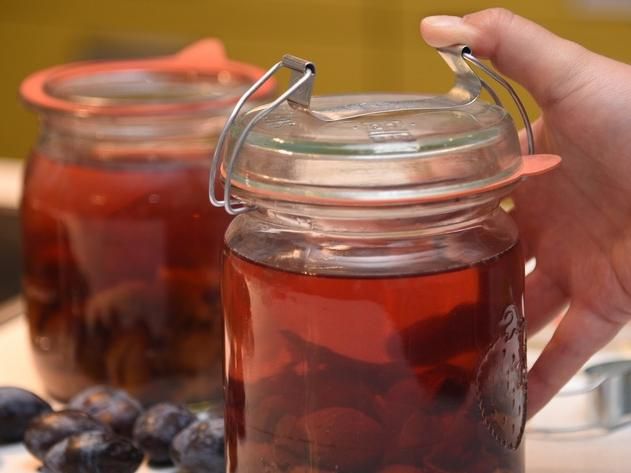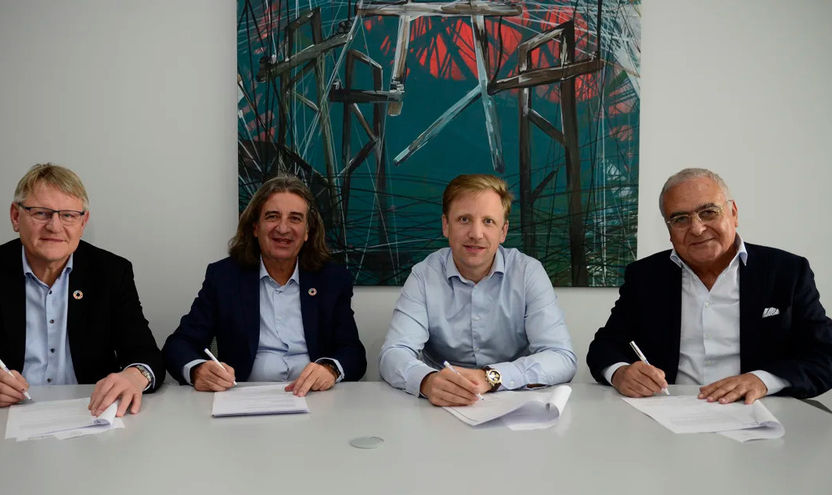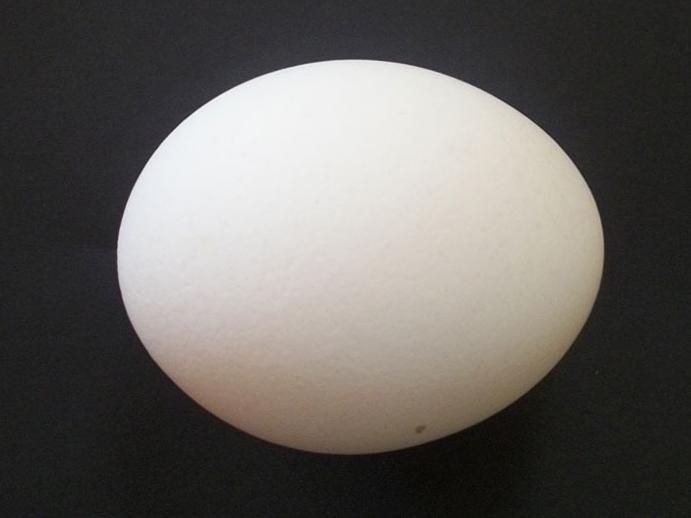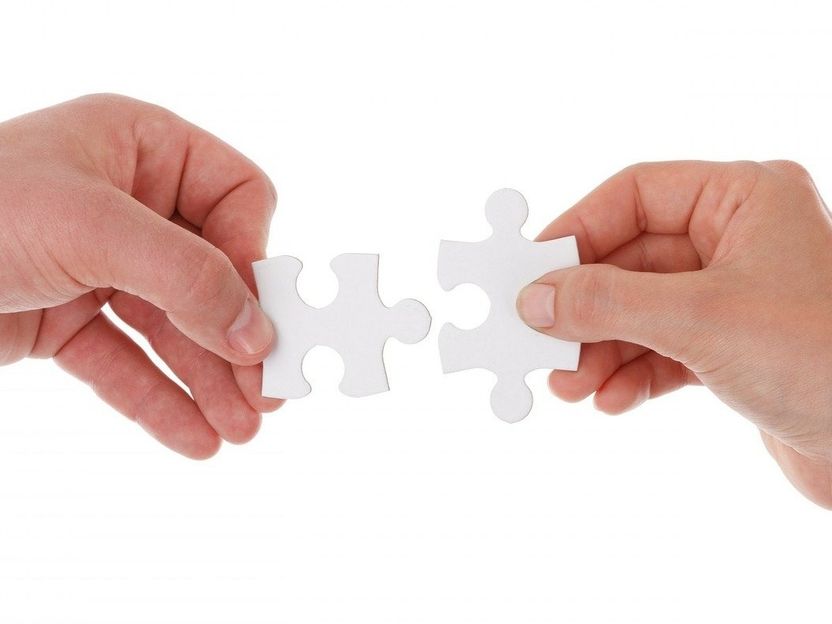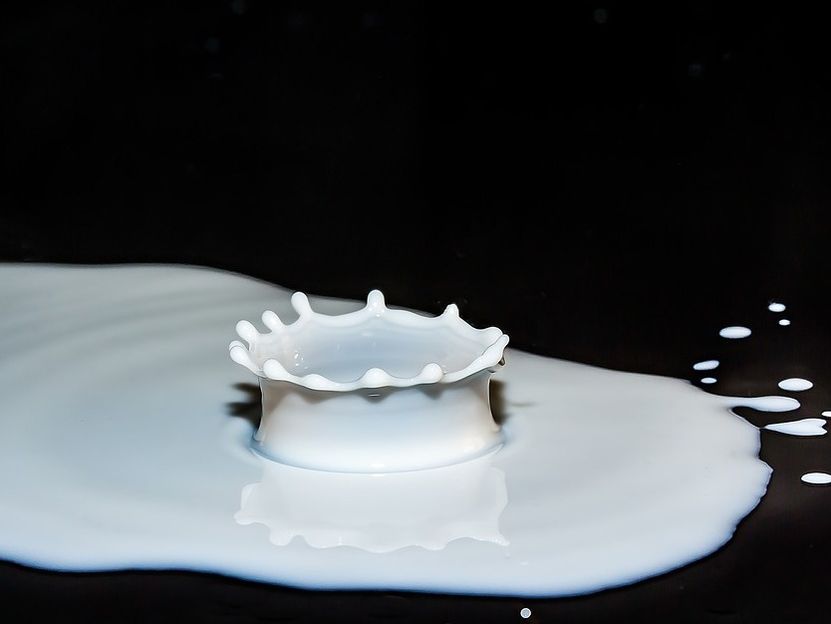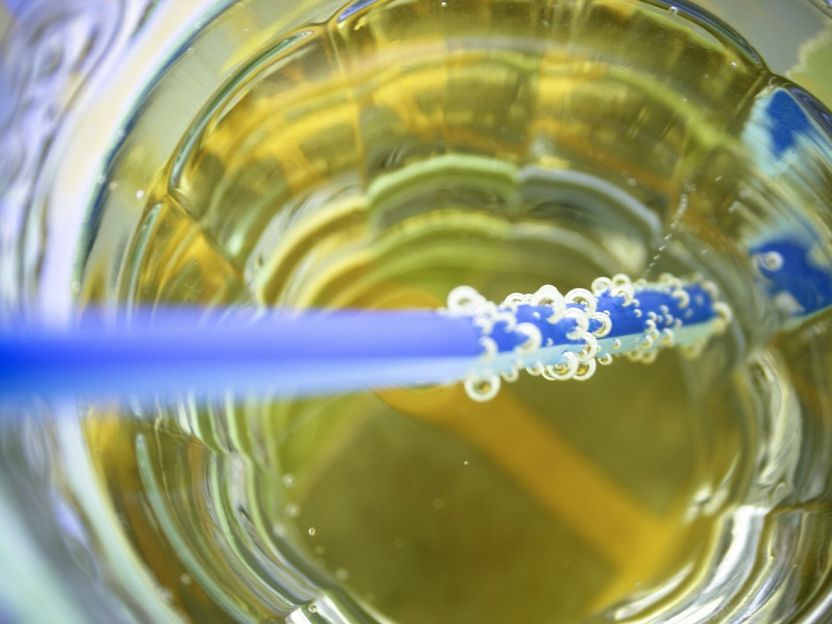Today’s food analysis detects teaspoon quantities of substances in Lake Constance
New study lists facts and top achievements of drinking-water analysis in Germany
After a run of three dry summers, the value of water in Germany has increased significantly. Nevertheless, many people take clean drinking-water from the tap for granted. Only few know the effort and the high technology that make the excellent drinking-water quality possible in the first place.

Environmental and food analysis are major topics at analytica, which will be held purely virtually in 2020.
Messe Müchen
Thanks to state-of-the-art analysis methods, a wide variety of chemical substances can be detected down to the amount of a teaspoonful or even a sugar cube dissolved in the waters of Lake Constance. Thus, analysts today would be able to detect even a small cup of X-ray contrast medium in the 48.5-km³ lake. „This example shows how efficient and sensitive German analytical and laboratory technology has become. The high reliability of supply and outstanding quality of drinking water in Germany are made possible only by them,” emphasizes Jörg Mayer, Managing Director of the SPECTARIS industry association, on the occasion of a new drinking-water publication which the association has prepared in cooperation with Messe München for the world’s leading trade fair analytica, this year going to be held as a virtual trade fair (October 19–23, 2020).
Only four percent of the drinking water is actually drunk or used for cooking
The study, which was carried out in cooperation with the IWW Water Center, demonstrates the importance of analysis for today’s drinking-water supply. It tells the success story of drinking-water analysis in Germany. And it impresses with facts and figures: 553 laboratories monitor the quality of drinking water in Germany, facing a major task, since over 16,000 waterworks extract around 5.2 billion cubic meters of water per year, of which almost 3.7 billion cubic meters are supplied to households and small businesses. Four percent of the daily per-capita consumption of 121 liters of drinking water, or about five liters, is used for drinking and preparing food.
The report also makes it clear that the requirements for drinking-water and food analysis have increased steadily in recent years–and that thanks to high-tech solutions researchers, developers and manufacturers can provide ever more accurate measurement methods. The innovation primarily concerns organic trace analysis. The quantification limit have improved by a factor of about 1,000 over the past 30 years. Dr. Borchers, authorized signatory and head of the water quality division of the Rhenish-Westphalian Institute for Water (IWW), illustrates the development: „The first German drinking-water ordinance in 1975 comprised only twelve limit values for chemical substances such as mercury and nitrate. Today, the number of chemical, microbiological and other parameters is 108, thus ninefold.” Inevitably, here the analytical range of environmentally relevant substances is becoming ever wider. SPECTARIS managing director Jörg Mayer explains: „Today, there are analytical methods that can quantify 150 substances in one examination. With the equipment and analysis methods now getting digitally networked, the knowledge generated will be available even more rapidly. For our association and at the analytica trade fair, this is one of the most important industry trends.”
Trend topic: Digitization in analytics
Dr. Reinhard Pfeiffer, Deputy Chairman of the Management Board of Messe München, adds: „Every two years, analytica presents the most important developments in the field of food and drinking-water analysis. This year’s purely virtual iteration of the world’s leading trade fair once more reflects the state of the art and offers the opportunity to make contact with top experts from the field. The accompanying analytica conference builds the bridge to science. And those who want to keep abreast with the trend to digitalization, which is becoming increasingly important in analysis, will experience globally unique practical applications at analytica.”
Other news from the department business & finance
Most read news
More news from our other portals
See the theme worlds for related content
Topic World Food Analytics
Food analysis methods enable us to investigate the quality, safety and composition of our food. Whether in the traceability of food, the detection of contaminants or the verification of nutritional information - food analytics plays a crucial role in our health and nutrition. Welcome to the exciting world of food analytics!

Topic World Food Analytics
Food analysis methods enable us to investigate the quality, safety and composition of our food. Whether in the traceability of food, the detection of contaminants or the verification of nutritional information - food analytics plays a crucial role in our health and nutrition. Welcome to the exciting world of food analytics!
